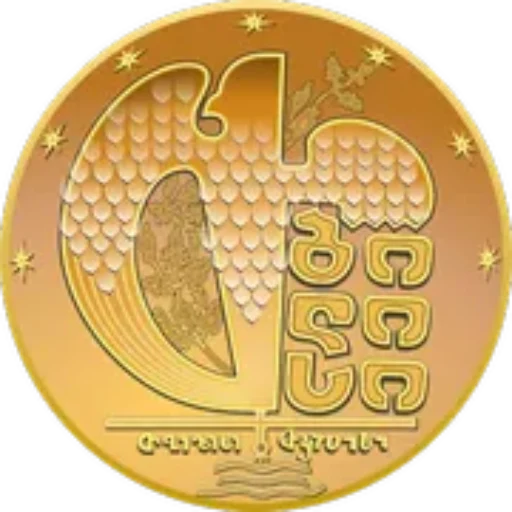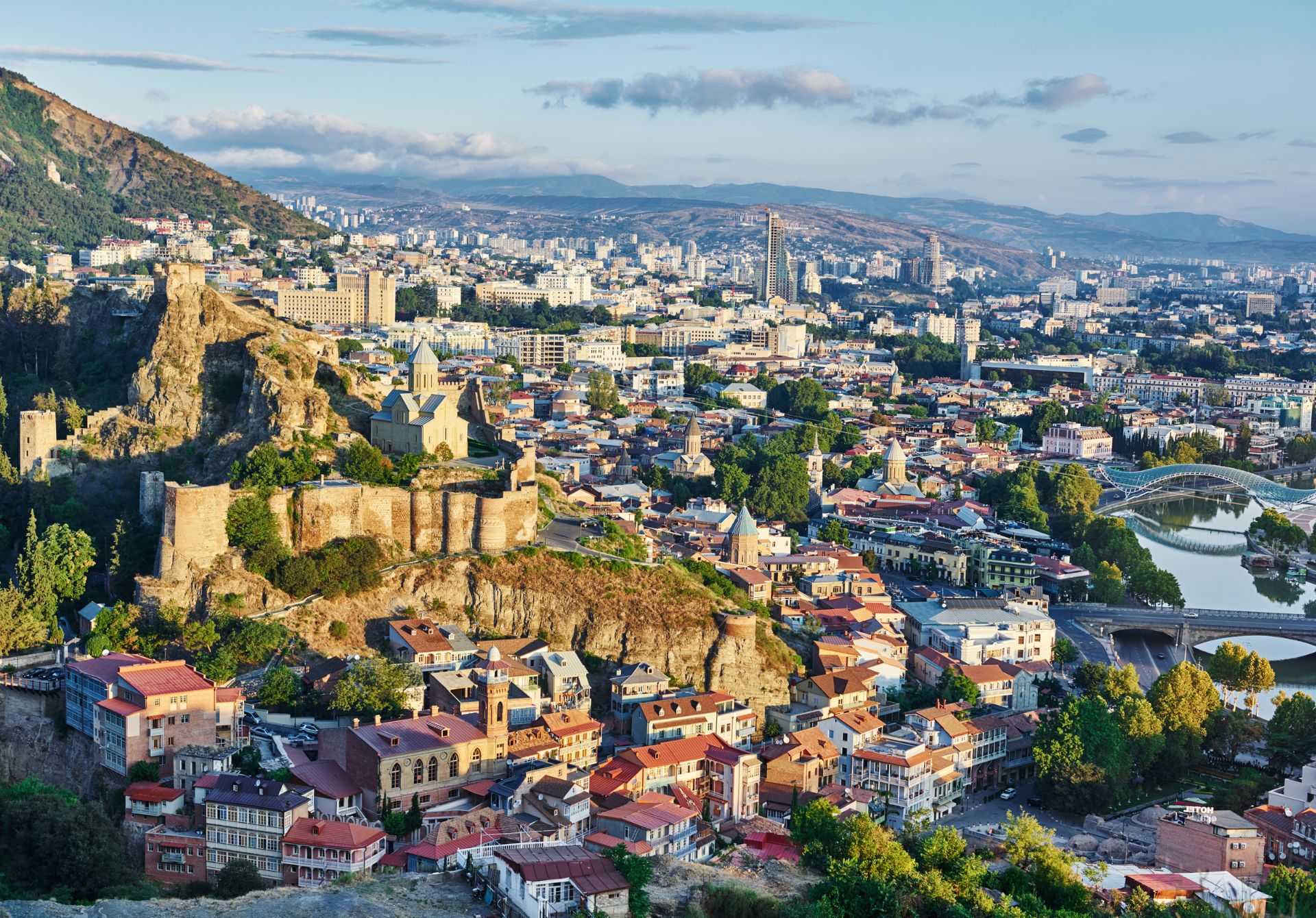Nestled in the heart of Tbilisi, the capital city of Georgia, lies a captivating district known as Old Town, or Dzveli Tbilisi in Georgian. This historic neighborhood, with its winding cobblestone streets, colorful wooden balconies, and eclectic architecture, offers visitors a mesmerizing glimpse into the rich cultural tapestry of Georgia. As we delve into the charm and significance of Old Town, we’ll explore its history, architectural marvels, cultural importance, and the experiences it offers to both locals and tourists alike.
A Brief History of Dzveli Tbilisi
The history of Old Town Tbilisi is as complex and layered as the city itself. Founded in the 5th century AD by King Vakhtang Gorgasali, Tbilisi has withstood centuries of invasions, rebuilding, and cultural shifts. The Old Town area, in particular, bears witness to this tumultuous past.
Archaeological evidence suggests that the area was inhabited as early as the 4th millennium BC. However, it was the discovery of the hot springs by King Vakhtang that led to the establishment of Tbilisi as a permanent settlement. The name “Tbilisi” itself is derived from the Old Georgian word “Tpili,” meaning warm, referring to these natural hot springs.
Over the centuries, Old Town has been influenced by Persian, Russian, and European cultures, creating a unique blend of architectural styles and cultural traditions. Despite numerous invasions and natural disasters, including earthquakes and fires, the spirit of Old Tbilisi has endured, with many historic buildings and landmarks still standing today.
Architectural Marvels of Old Town
One of the most striking features of Old Town is its diverse architecture, reflecting various periods and influences throughout Georgia’s history. Some notable architectural highlights include:
1. Narikala Fortress
Perched atop a hill overlooking Old Town, Narikala Fortress is an ancient symbol of Tbilisi’s defensive past. Originally constructed in the 4th century and expanded over time, the fortress offers panoramic views of the city and houses the iconic statue of Mother Georgia.
2. Sioni Cathedral
This 6th-century Georgian Orthodox cathedral, dedicated to the Dormition of the Virgin Mary, has been destroyed and rebuilt multiple times throughout history. Its current structure dates back to the 13th century and features beautiful frescoes and a mix of architectural styles.
3. Anchiskhati Basilica
The oldest surviving church in Tbilisi, Anchiskhati Basilica was built in the 6th century. Its simple yet elegant design is a prime example of early Georgian Christian architecture.
4. Sulfur Baths
The domed sulfur baths in the Abanotubani district are not only architecturally impressive but also culturally significant. These 17th-century bathhouses, built over natural hot springs, have been an integral part of Tbilisi’s social fabric for centuries.
Cultural Significance and Traditions
Old Town Tbilisi is more than just a collection of historic buildings; it’s a living, breathing testament to Georgian culture and traditions. The district is home to numerous art galleries, museums, and traditional craft shops that showcase Georgia’s rich cultural heritage.
One of the most iconic features of Old Town is its wooden balconies, ornately carved and painted in vibrant colors. These balconies, known as “Italian courtyards,” are not just architectural elements but also social spaces where neighbors gather and stories are shared.
The narrow streets of Old Town come alive during traditional festivals and celebrations. The Tbilisoba festival, held annually in October, is a particular highlight, featuring music, dance, food, and wine tastings that celebrate the founding of the city and Georgian culture as a whole.
Culinary Delights and Wine Culture
No exploration of Old Town Tbilisi would be complete without mentioning its culinary scene. The district is dotted with traditional restaurants and wine bars, offering visitors a chance to sample authentic Georgian cuisine and wines.
Georgia is considered one of the oldest wine-producing regions in the world, with a tradition dating back 8,000 years. In Old Town, you can find numerous wine cellars and tasting rooms where you can sample wines made using the traditional qvevri method – a UNESCO-recognized Intangible Cultural Heritage.
Don’t miss the opportunity to try classic Georgian dishes such as khachapuri (cheese-filled bread), khinkali (dumplings), and mtsvadi (grilled meat skewers) in one of the many charming restaurants nestled in the historic buildings of Old Town.
Preservation and Modern Challenges
While Old Town Tbilisi continues to charm visitors with its historic ambiance, it faces modern challenges in terms of preservation and development. The Georgian government and various international organizations have made efforts to restore and preserve the district’s historic buildings and infrastructure.
In 2007, the Old Town area was submitted for inclusion in the UNESCO World Heritage Site list. Although it has not yet been officially listed, this nomination has brought increased attention to the importance of preserving this unique urban landscape.
Balancing the needs of a growing tourism industry with the preservation of authentic local life remains an ongoing challenge. Efforts are being made to implement sustainable tourism practices that benefit both visitors and residents while maintaining the integrity of Old Town’s historic fabric.
Old Town Tbilisi, or Dzveli Tbilisi, stands as a testament to Georgia’s rich history and vibrant culture. Its winding streets, diverse architecture, and warm hospitality offer visitors an unforgettable journey through time. From the ancient Narikala Fortress to the steaming sulfur baths, from traditional wine cellars to bustling art galleries, Old Town encapsulates the essence of Georgian identity.
As we’ve explored, this historic district is not just a relic of the past but a living, evolving community that continues to shape Tbilisi’s identity. The challenges of preservation and modernization notwithstanding, Old Town remains a crucial link between Georgia’s storied past and its promising future. For anyone seeking to understand the heart and soul of Tbilisi, a visit to Old Town is not just recommended – it’s essential.

